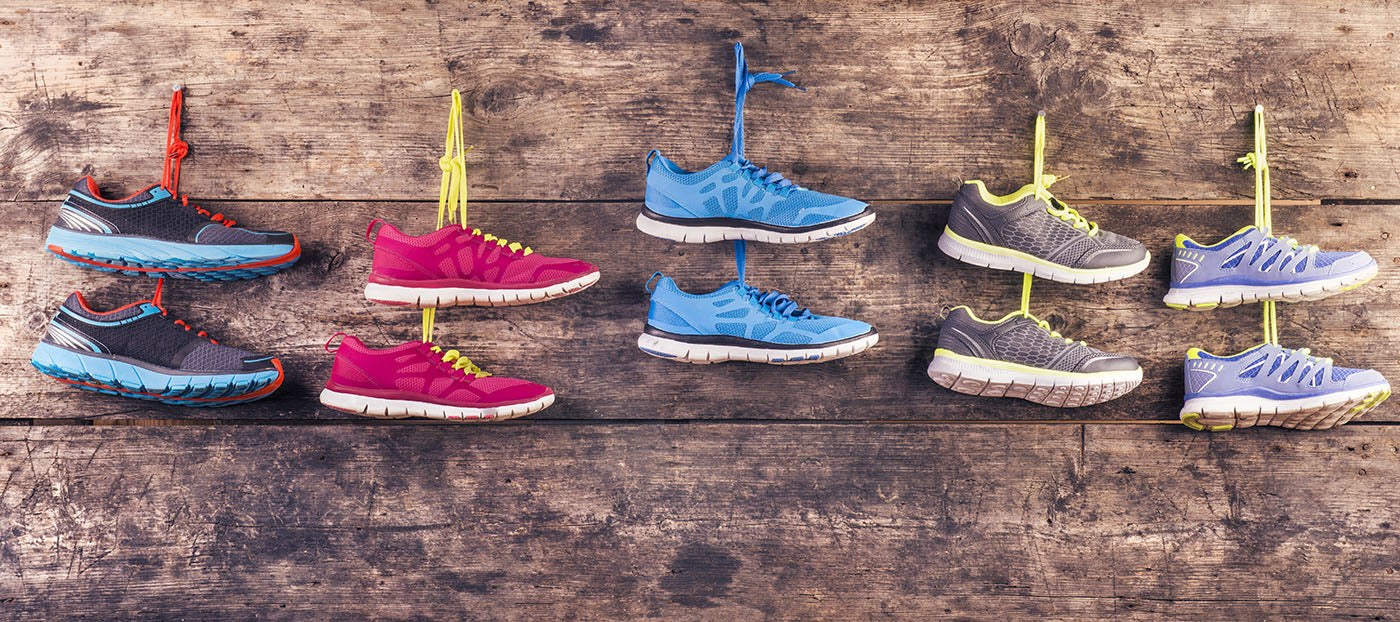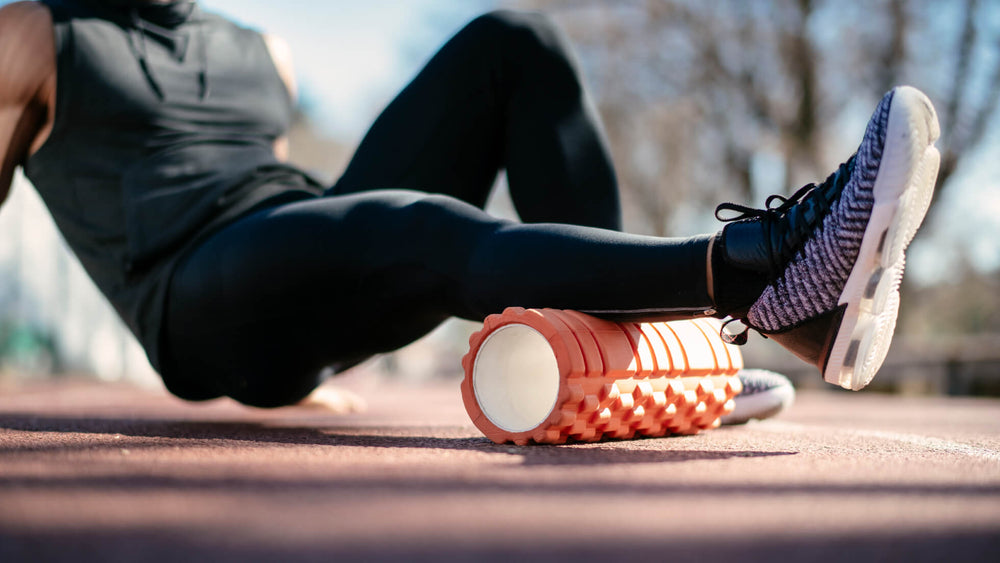These Shoes Were Made For Running

Any avid athlete will tell you that the right type of footwear can make or break them.
When shopping for shoes, it’s important to know exactly what kind of foot you have. The first thing to examine is your arch. Do you have a high arch, a mid-level arch or a low arch (flat foot)? To determine this, look at your foot from the side and measure it in comparison to your toes. An arch ending above the toes is considered high and extremely below the toes is considered low.
Another issue in discovering your foot type is the roll of your ankle. Place a piece of paper on the floor; the darker the paper the better. Wet the bottom of your foot thoroughly and step down onto the paper. A wide print would define your foot as a pronator, whereas a narrow print would define your foot as a supinator. The type of foot you have should determine the type of shoe you select.
A great set of running shoes is designed to take the impact for you with every step and provide support all the way to your neck. Remember, expensive does not always mean best! Material and quality construction play an important role in a shoe being the best.
Take a look at your current running shoes. Has there been significant wear in the soles? Are there any flaps coming apart or is the material deteriorating? Think of how often you run and for how many years you’ve had the shoes. A good pair of running shoes will last up to 600 miles of running and can make all the difference in your performance and endurance, not to mention physical brightness the next day.
Take the next step in your training regimen: Try any BRL Sports supplement risk-free! If our natural nutritional products aren’t the best you’ve ever used, simply return your purchase for a 100% refund — no questions asked!
Also in Inspiration & Perspiration

EPO: The Natural Advantage for Long-Distance Runners
Boost endurance naturally—learn how your body’s own EPO powers oxygen delivery, stamina, and recovery for long-distance runs.

Beating the Winter Blues: Find Your Training Motivation
Beat the winter slump—discover smart, energizing ways to stay motivated, strong, and consistent through cold-weather training.

Your Essential Winter Marathon Training Guide
Conquer cold-weather miles—learn how to layer, fuel, and stay safe while training for your winter or early spring marathon.


